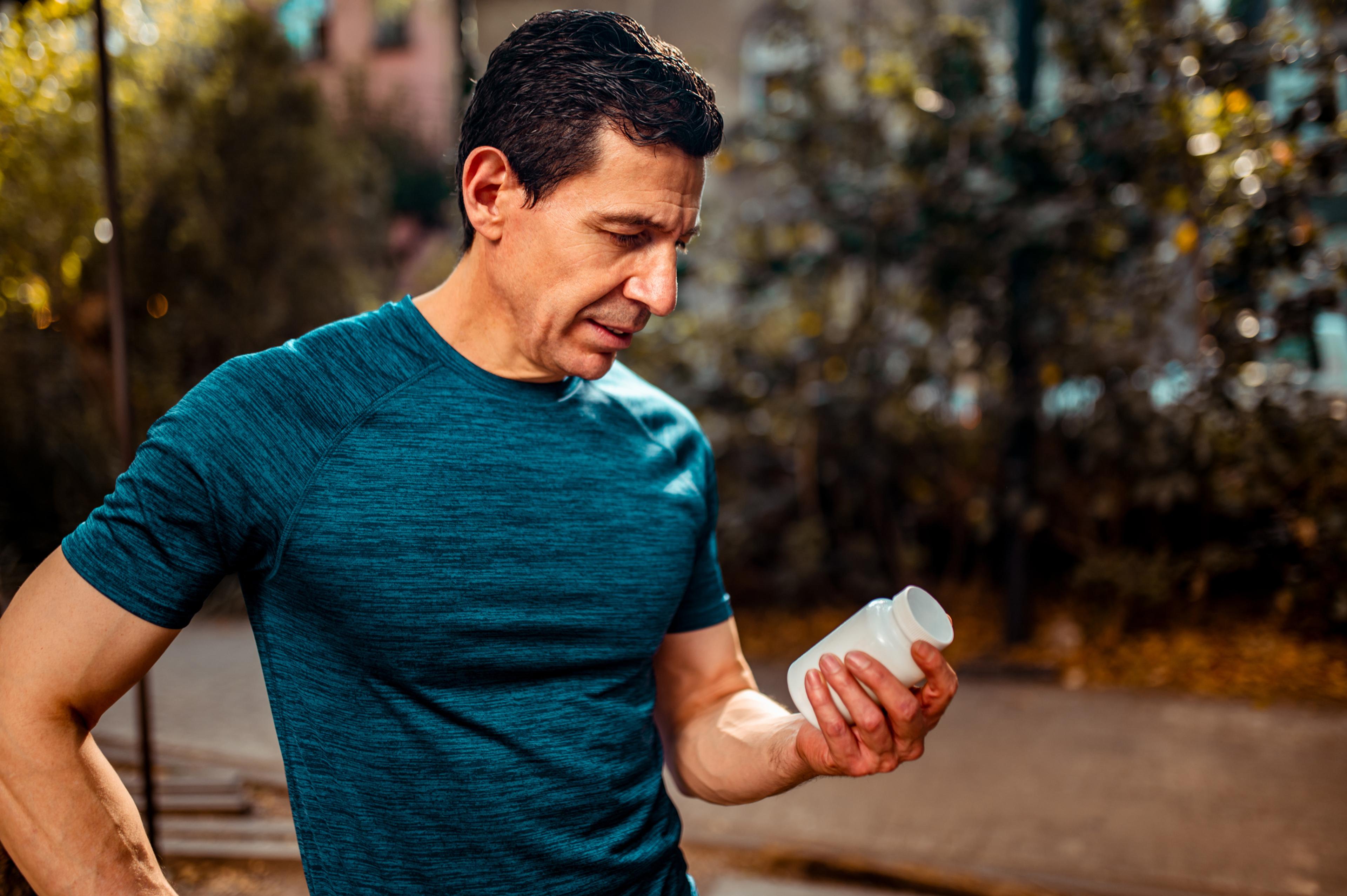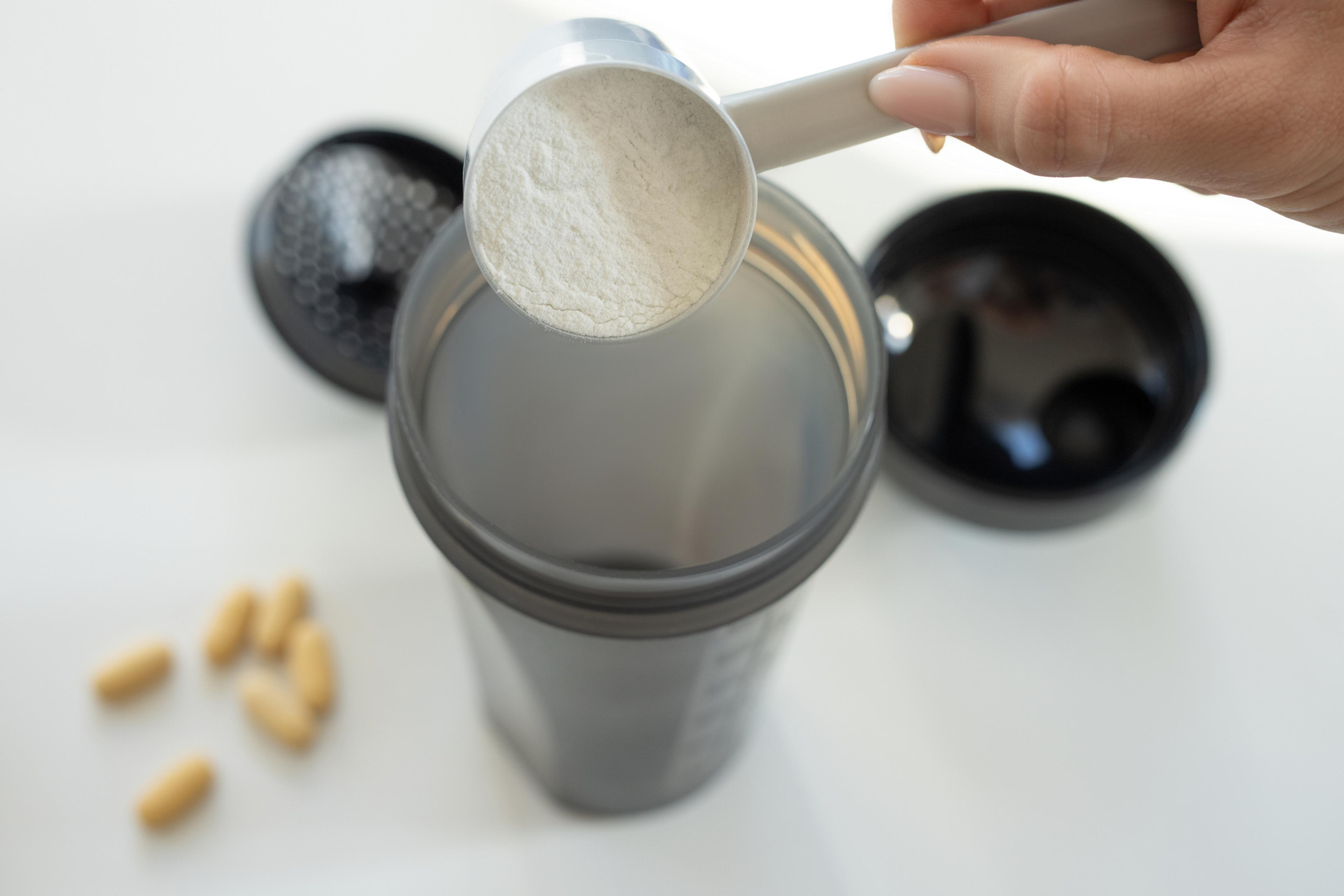Tips from Playmakers: How to Find the Perfect Workout Shoes
| 3 min read

Whether you have a steady workout routine or are just getting back into it, you know how important it is to have the right sneakers. And that means more than just finding a pair that looks cool. “A lot of people only look at the nice design or color of a workout shoe, but there are more important factors to consider,” says Kristen Price, footwear specialist at Playmakers, a fitness footwear and apparel store in Lansing. “You have to find the right shoe that will match both your foot type and the kind of workout you are going to do.”
There are some questions you should think about, including the type or workout they will be used during, existing injuries that call for a shoe with special support and the biomechanics of your foot. “Some shoes have harder densities for those who do a lot of turning and rolling over during their workouts,” she says. “And if your foot turns in, flattens out or doesn’t absorb shock like it should, a shoe without enough stability can lead to injury.” Foot width is also important. “If you’re narrow-footed and wear too-wide shoes, you won’t stabilize your arch as well as you should,” says Price. “And with a wider foot in ill-fitting shoes, you begin to see deformities like bunions and hammer toes.”
The staff at specialty footwear stores like Playmakers are trained to help you find the best shoe according to your specific needs and can make sure you buy the perfect pair. Don’t have a specialty store near you? Consider these rules of thumb from Price:
- Running or walking: Shoes for these two activities tend to be lightweight, with a flexible sole that moves with your foot as it lands and then pushes off again. There’s isn’t always a lot of support, so make sure the style you’re considering keeps your foot from rolling over when you land.
- Weight lifting or cross-training: These sneakers are all about stability and securing your foot when you do side-to-side movement. They have a lower platform and cushion, which keeps your ankle from rolling over during exercise. Don’t wear these kinds of shoes for running (or vice versa), since they won’t give your foot the support they need.
- Replacing them regularly: Most manufacturers suggest replacing running and walking shoes every 300 to 500 miles. Price recommends getting a new pair every six months if they look worn, are changing colors or you’re experiencing pain you’ve never felt before during or after wearing them.
- Keeping them clean: It’s important to keep your gym shoes clean to stop them from getting smelly, prevent buildup of excess dirt and extend their wear. “You can wipe them off with a damp cloth or throw them in the washing machine, just don’t put them in the dryer,” says Price. “Instead, put paper towel inside of them to help them dry and maintain the shape.”
Photo Credit: stevepb





